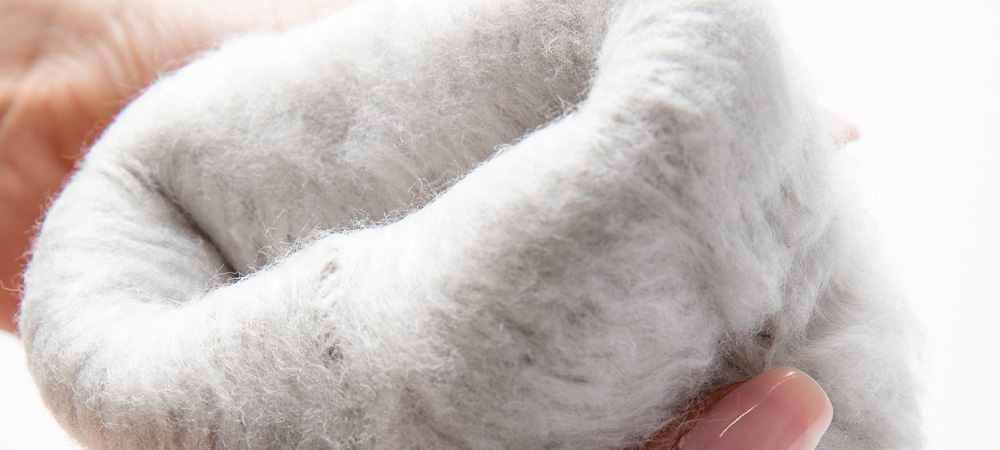Socks on the Frontlines:
During the American Revolution War, socks were a staple part of a soldier's uniform. Made from a variety of materials including wool, cotton, and linen, socks provided much-needed cushioning and insulation for soldiers' feet. They helped prevent blisters, chafing, and frostbite, allowing soldiers to march for longer distances without succumbing to foot-related injuries.
Supply Shortages and Resourcefulness:
Despite the importance of socks, the Continental Army faced significant challenges in procuring an adequate supply. The fledgling nation struggled with shortages of essential supplies, including clothing and footwear. As a result, soldiers often had to make do with whatever resources were available. Many soldiers resorted to mending their socks repeatedly, using techniques passed down through generations. In some cases, soldiers would even knit their own socks during periods of downtime, showcasing their resourcefulness and resilience in the face of adversity.Support from Homefront:
The Homefront played a crucial role in supporting the troops during the revolution, and this extended to providing essential items like socks. Women on the Homefront would often knit socks and send care packages to soldiers at the frontlines. These acts of kindness provided not only physical comfort but also served as a reminder to the soldiers that they were not forgotten.
Symbolism and Unity:
Beyond their practical utility, socks also held symbolic significance during the American Revolution War Period. They served as a symbol of unity and solidarity among the troops, binding them together in their shared struggle for independence. Soldiers from diverse backgrounds and regions rallied under the same banner, united by a common cause and a common pair of socks. The history of socks in the American Revolution offers a fascinating glimpse into the everyday lives of soldiers who fought for liberty and independence. While they may seem like a humble garment, socks played a vital role in supporting the troops and bolstering their morale during challenging times. As we reflect on this pivotal period in history, let us not forget the unsung heroes – the socks that marched alongside the brave men and women who shaped the destiny of a nation.
The history of socks in the American Revolution offers a fascinating glimpse into the everyday lives of soldiers who fought for liberty and independence. While they may seem like a humble garment, socks played a vital role in supporting the troops and bolstering their morale during challenging times. As we reflect on this pivotal period in history, let us not forget the unsung heroes – the socks that marched alongside the brave men and women who shaped the destiny of a nation.







